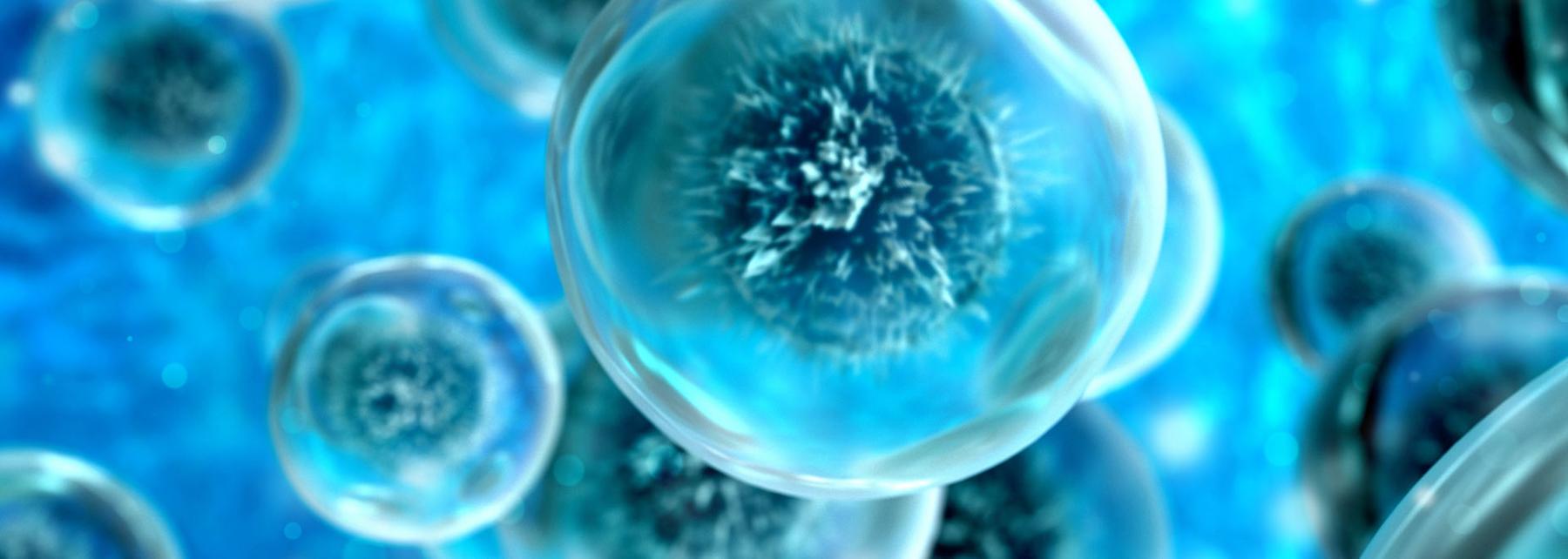
Modeling Cellular Respiration: How is the Mitochondrion the "Powerhouse" of the Eukaryotic Cell?
This is best for high school AP/IB/Honors Biology students for using clay and miscellaneous items to model and then film their model of Cellular Respiration to better understand how the Electron Transport Chain generates energy in the form of a proton gradient that allows for simple diffusion of those protons through ATP Synthase which turns and attaches a phosphate group to ADP thus creating ATP, the chemical "power" of cells.
Lesson Plan Link/URL
https://docs.google.com/presentation/d/1dSBeYkBGJbZWCA4XSf1xw7hwnsUtRUYz/edit?u…Related Content

This is the first lesson in a series of four that are designed to help guide students to design and implement their own independent STEM research project.

Students have the opportunity explore different materials that use nanotechnology and then discuss the key differences between macroscale and nanoscale impacts on those materials.

This lesson uses a PhET Simulation to allow students to collect data on the orbits of planets around our Sun, then summarize and share their results. It is designed for students in Grades 9-12.